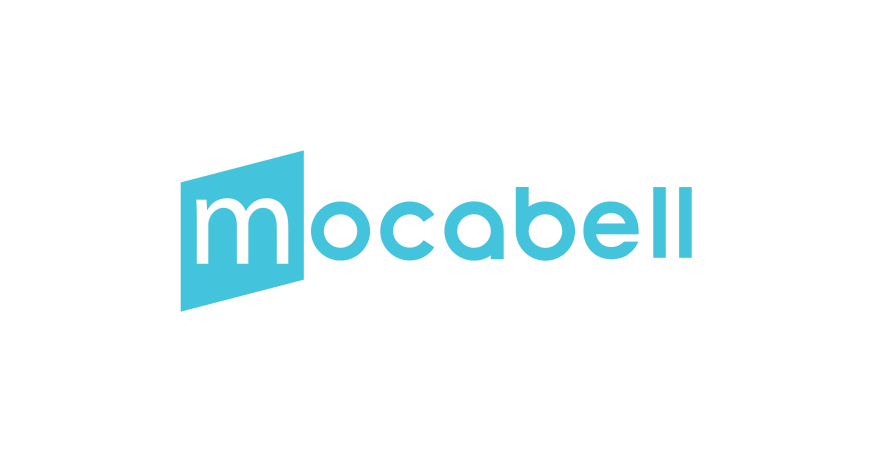Mocabell: Your Mobile Call Bell
by Hanson Hsu
Mocabell is a simple and intuitive mobile app that allows nurses to receive messages directly from their patient's laptop, tablet, or smartphone, allowing them to respond to their in-hospital care nee
New York, NY United States Hospital Solutions Patient Power Tools! MedStartr Ventures challengeAbout our project

The problem we solve: All US hospitals are currently being evaluated and ranked by The Hospital Consumer Assessment of Healthcare Providers and Systems (HCAHPS) survey. This national survey is composed of 27 items revolving around ten measures. Seven of the questions directly involve three measures that our technology solution seeks to address: (1) nurse communication, (2) responsiveness of hospital staff, and (3) pain management. Our goal is to improve these core measures through the use of Mocabell. Our business model utilizes the Software as a Solution (SaaS) subscription model, charging a fee for set-up, maintenance, and recurring analytics.
About our solution: Mocabell: Your Mobile Call Bell (Mocabell) is a quality improvement tool that increases bedside communication, engages patients and families, and provides actionable analytics as delivered through the software as a service (SaaS) business model. Mocabell is a mobile technology app that provides an intuitive, non-intrusive communication method between a patient and the nursing staff through their smartphone, tablet, and desktop computer. Currently, there are no offerings in the wireless nurse call system market that offer our feature set. Mocabell is a simple and intuitive mobile app that functions as a nurse call system. It allows nurses to receive real-time messages directly from their patient's laptop, tablet, or smartphone, allowing them to respond to in-hospital care needs quickly and efficiently. Through mobile smartphone and tablet technology transmitted securely through an existing Wi-Fi network, poignant, self-directed messages can be sent from a patient’s bedside tablet or sma
Progress to date:
Our business model utilizes the Software as a Solution (SaaS) subscription model, charging a fee for set-up, maintenance, and recurring analytics.
Mocabell is currently being developed using c# and .NET, signalR for real-time communication, and Xamarin for iOS, Android, and native Windows 10 app development.
Mocabell: Your Mobile Call Bell was awarded second place at New York Presbyterian’s 2015 Innovation Challenge (http://www.nyp.org/news/hospital/innovate-demo.html).
About Our Team
Creator: Hanson Hsu
Education: Icahn School of Medicine at Mount Sinai
Bio: The doctor-patient relationship embodies the spirit of entrepreneurship: imparting acquired knowledge for the betterment of their fellow man. As an emergency physician for the past fifteen years, my business was more than transactional. The personal interaction between patients, families, colleagues, bosses, and staff has given me more insight into what makes a career fulfilled.
Hospital Affiliation: New York Presbyterian/Weill Cornell Medical Center
Title: Cofounder
Advanced Degree(s): M.D.
About Team Members
Uikyun Kim
Cofounder, BS
Biography: Beginning with a background in computer science, Mr. Kim has started this company based on a desire to do something innovative together within our respective fields: Hanson's being medicine and Steve's being a programmer and developer. Steve had an unpleasant experience in an ER. Hanson's hospital was sponsoring a hackathon to help drive innovation. This collaboration led our excitement in trying to change one small part of clinical practice.
Title: Cofounder
Advanced Degree(s): BS
About Our Company

Mocabell, Inc.
Location: 1175 York Avenue
PHA7
New York, NY 10065
US
Founded: 2016
Website: http://www.mocabell.com
Facebook: https://www.facebook.com/Mocabell-Inc-712923548840731/
Product Stage: Prototype/MVP
YTD Sales: Working on it
Employees: 1-2
How We Help Patients
Mocabell is a simple and intuitive mobile app that functions as a nurse call system. It allows nurses to receive real-time messages directly from their patient's laptop, tablet, or smartphone, allowing them to respond to in-hospital care needs quickly and efficiently. Through mobile smartphone and tablet technology transmitted securely through an existing Wi-Fi network, poignant, self-directed messages can be sent from a patient’s bedside tablet or smartphone to a nurse’s desktop or mobile device.
Mocabell’s messages instantaneously direct a busy nurse to the next prioritized task. Each call is recorded and logged, allowing administrators to analyze what kind of nurse calls are being made, how many of them, who is responding to them, and when they are occurring. Mocabell empowers patients and their families, providing another method of communicating their primary hospital care needs to the nursing staff
How We Help Physicians
Practicing medicine is about patients and the people that are caring for them. Simple tools for simple tasks are often required but sorely overlooked in day-to-day practice. Large companies often charge exorbitant fees for devices and tools that are overly engineered or simply not given enough resources for ideas that are deemed insignificant or unprofitable. We want to leverage our most important allies. Eighty-five percent of our patients and nurses already own and use the most sophisticated pieces of technology available: their tablets and smartphones.
How We Help Hospitals
Overflow beds and hallway stretchers are commonplace in both Emergency Departments and inpatient units. Physical nurse call buttons are not available in these locations. Patients and nurses have no means of communication other than by face-to-face means which are obviously limited by time, proximity, and workflow. Mocabell allows poignant directed messages to be sent to and to be received from patients and their nurses via their mobile smartphone, tablet, or desktop computer.
Hospitals are being held to a national standard by the Hospital Consumer Assessment of Healthcare Providers and Systems (HCAHPS) survey, which is composed of 27 questions revolving around ten measures. Seven of the questions directly involve three measures that our technology solution, Mocabell: Your Mobile Call Bell, seeks to address: (1) nurse communication, (2) responsiveness of hospital staff, and (3) pain management.
Challenge Mission
Market Size
Total Addressable Market for Beachhead Market
Aim: Emergency Departments
Market Size:1,100 Teaching Hospitals
4,000 Non-Teaching Hospitals
400 Freestanding Emergency Rooms
5,500 Purchasers in Target Market
Total Addressable Market (TAM): $79.2 Million
Projected 3 Year Growth
We intend to enter the market with 3% of US Emergency Departments.
How We Will Make Money
•Offer basic package of $100 per licensed ER bed per month subscription fee
•Customers will initially be acquired by leveraging our team’s extensive network of hospital administrators
•We will then transition into targeted sales focusing on emergency department with poor HCAHPS/ Quality Metrics
Additional Revenue Streams
•Consulting
•Training
•Implementation
•Quality Improvement
About our Competition
Our current competitors, Jauron, Tektone, Hill-Rom, Vocera, WestCall, Cornell
Innovation Details
Intellectual Property Summary
No intellectual property status
Clinical Information
There are no current studies
Regulatory Status
We do not have FDA Status
How we will use the funds raised
Seek to pilot.
|
Budget Item |
Unit Cost |
Quantity |
In-kind or funded? |
Total |
|
iPad |
$400 |
20 |
Funded |
$8,000.00 |
|
Startup and initiation cost |
$5,000 |
1 |
Funded |
$5,000.00 |
|
Subscription Fee |
$5,000 |
1 |
In-kind |
$0.00 |
|
Project management |
$10,000 |
|
Partially funded |
$5,000 |
|
Software customization |
$100/hr |
80 |
Funded |
$8,000 |
|
Innovator Total: |
|
|
|
$26,000.00 |
|
|
|
|
|
|
|
Host Costs: |
|
|
|
|
|
Budget Item |
Unit Cost |
Quantity |
In-kind or funded? |
Total |
|
iPad |
$400 |
20 |
In-kind |
$8,000.00 |
|
iPad storage/cleaning/maintenance |
$100 |
40 |
funded |
$4,000.00 |
|
IT biomedical tags |
$100 |
20 |
funded |
$2,000.00 |
|
IT integration support |
$200/hr |
20 |
In-kind |
$0.00 |
|
Research/project coordination |
$20,000 |
|
Partially-funded |
$10,000.00 |
|
Host Total: |
|
|
|
$24,000.00 |
Thank You
Practicing medicine is about patients and the people that are caring for them. Simple tools for simple tasks are often required but sorely overlooked in day-to-day practice. Large companies often charge exorbitant fees for devices and tools that are overly engineered or simply not given enough resources for ideas that are deemed insignificant or unprofitable. We want to leverage our most important allies. Eighty-five percent of our patients and nurses already own and use the most sophisticated pieces of technology available: their tablets and smartphones.
Our goal is to pilot Mocabell utilizing our connections in hospital Emergency Departments where hallway stretchers and overflow beds are commonplace. Through focused advertising within the nursing community, Mocabell will continue to build the brand and the network of involved, knowledgeable, decision makers wishing to improve HCAHPS scores through our innovative, low-cost, scalable solution.
Updates
No updates found .
Supporters
Help us find best new ideas to fund by telling us what you think. Your feedback goes straight to the team behind this project in private, so tell them what you really think.
Index Score
17
Score
0
Score
1
Likes0
Partners0
Pilots0
Follows-
This campaign has ended but you can still get involved.See options below.
Help us find best new ideas to fund by telling us what you think. Your feedback goes straight to the team behind this project in private, so tell them what you really think.


